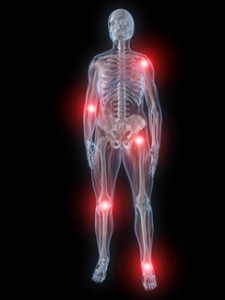 During the holiday season, many products are being sorted and moved around facilities by conveyor belts. Because these machines can cause injury if used incorrectly, it’s a great time to be reminded about the hazards associated with conveyors and how you can stay safe on the job.
During the holiday season, many products are being sorted and moved around facilities by conveyor belts. Because these machines can cause injury if used incorrectly, it’s a great time to be reminded about the hazards associated with conveyors and how you can stay safe on the job.
Know the Pinch Points
Although the tops of conveyor belts are flat and don’t appear to present extraordinary risks, the areas where the belt meets the rollers are serious pinch points. No matter how much slack a belt may appear to have, it’s always heavy and dangerous. In fact, thousands of hand and other body injuries are attributed to conveyor belts every year.
Dress Appropriately
If you work around conveyor belts, it’s vitally important that you avoid wearing loose clothing, jewelry, or accessories that dangle. Also, remember to keep long hair secured and away from any machinery. If hair or improper clothing items become caught between the rollers of a conveyor belt, the belt can drag the item along and potentially cause serious injury.
Stick to Your Job
Remember to perform the job you have been trained to do, and don’t step outside of those guidelines. Injuries often occur because someone sees a string or another part of the belt dangling and tries to pull the damaged piece off. In doing so, one’s hand can be pulled into the moving parts. Likewise, if a product or package gets caught on the belt, do not grab it to remove it. Instead, leave that to co-workers who are specifically trained in performing lockout and tagout procedures to avoid serious injury.
If you’re simply placing materials on the conveyor belt or removing items from it, your job should be relatively safe. But, taking a small step outside of your duties or wearing the wrong clothing can lead to serious injury.
While last minute shopping orders are going out and post-holiday sales begin, these machines will experience heavy use. Remember to dress safely, stick to your job, and keep yourself and your co-workers safe.
Movin’ On Up is brought to you by Express Employment Professionals.




 With winter in full swing and the days of
With winter in full swing and the days of 
